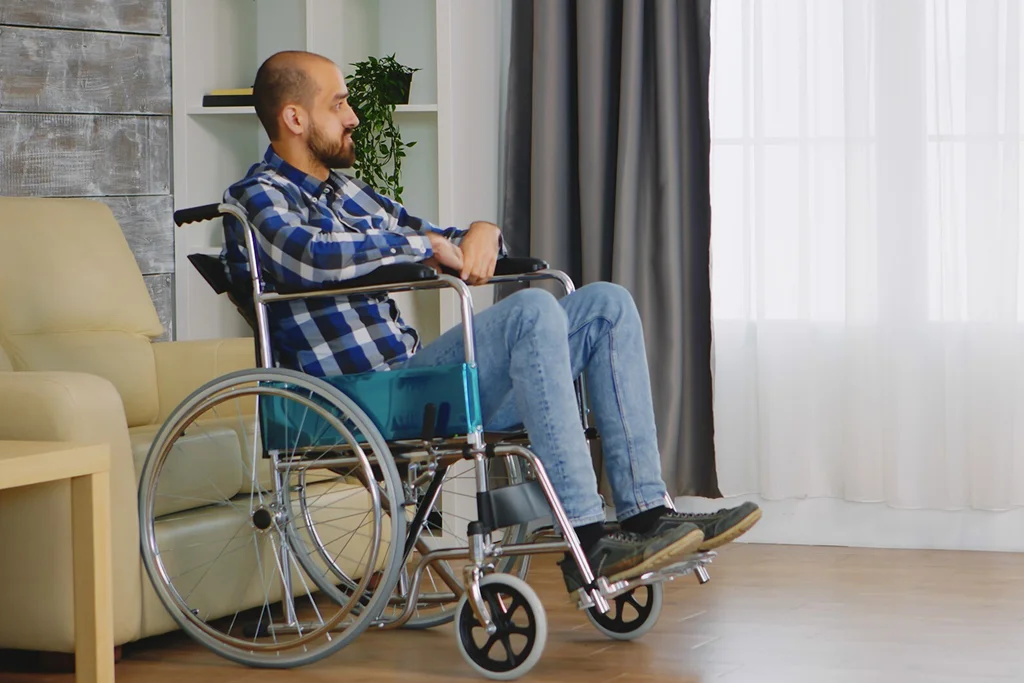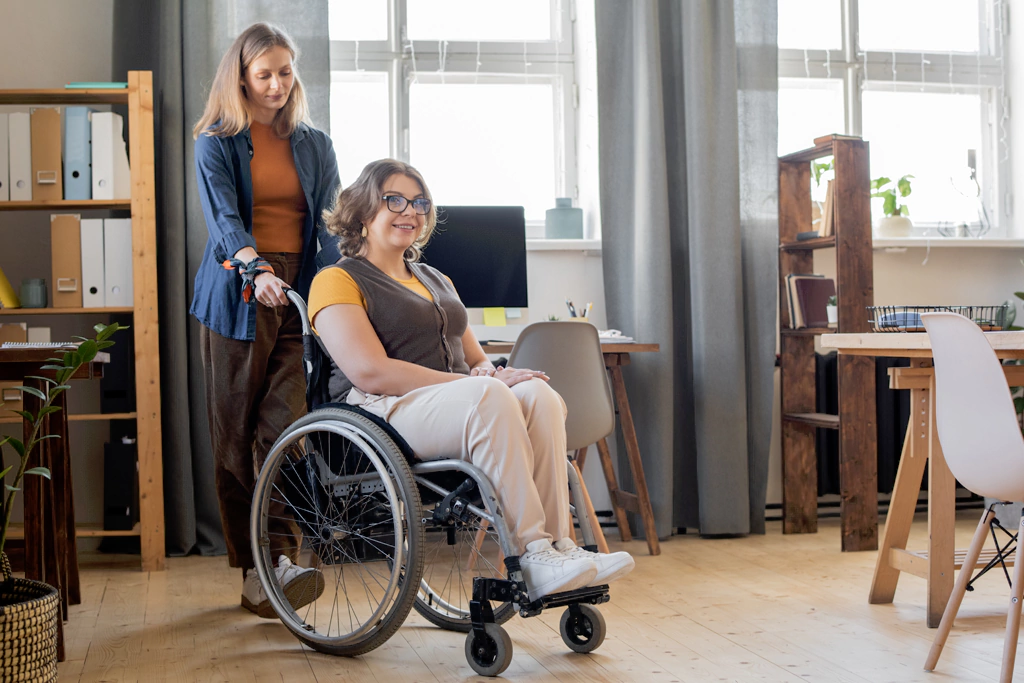Supported Independent Living (SIL) has become a source of independence for many NDIS participants. Yet when you picture SIL, you may imagine receiving SIL support in Specialist Disability Accommodation (SDA) homes.
But here’s the surprise: Most people accessing SIL don’t live in SDA. They reside in regular homes. Yes, that’s right. Over 70% of SDA-eligible participants in Western Australia haven’t made the move into purpose-built homes. They live in everyday residences like family homes, rental properties, or their own familiar spaces.
So, this article explores why that just might be the right choice for you.
What Is SIL in a Regular Home?
SIL in a regular home isn’t about bricks and mortar. It’s about the people and support inside those walls. It means getting help with everyday life, right where you already live.
Trained support workers drop by or stay overnight and assist with:
- Personal hygiene
- Cooking and meals
- Medication routines
- Housekeeping tasks
- Structure and daily schedules
- Getting out into the community
This assistance, however, varies.
Some need round-the-clock help while others require just a few hours a day. It depends on you, your needs, and your goals.
Who Can Thrive with SIL in a Regular Home?
Not everyone needs fancy modifications or high-tech rooms. Many NDIS participants thrive with SIL in standard living spaces.
It suits people who:
- Prefer to stay close to their families
- Feel more comfortable in familiar surroundings
- Don’t need specialist structural features
- Want to choose their housemates, or live alone
- Have housing stability but need daily assistance
Why People Choose SIL Outside SDA
SIL Beveridge in a regular home is a powerful option for many.
- Freedom of Location: If you want to live near your local park, or close to work, or in the same suburb as your siblings, you can. SIL in a regular home lets you choose your own surroundings.
- Stay Connected : You don’t have to say goodbye to your family or long-time neighbours. You can remain part of your community, go to the same shops, attend your usual church, and keep your daily rhythm.
- Tailor Your Lifestyle : You control the vibe of your home, choose your routines, pick the furniture, and create an environment that reflects your personality.
- Trial Independence: If you’re new to living on your own, SIL lets you ease into it. With the right support crew, you can test the levels of independence before making a decision.
- Less Intensity, More Flexibility: If you don’t have complex physical needs, you may not require SDA. SIL in a regular home covers the essentials without the unnecessary extras.
Things to Consider
No option is perfect. SIL in a regular home also has its own considerations.
Some of the things you should consider include:
- Is Your Home Ready?: Your house might be charming, but is it practical? Are there stairs you struggle with? A narrow bathroom? Poor lighting? You don’t need full accessibility features, but safety matters.
- Can You Get Staff?: Some regions have a shortage of support workers. If you live in a remote area, you might face difficulty finding consistent support.
- Is It Sustainable?: Your living setup must meet the “reasonable and necessary” test under the NDIS. That means the arrangement should make sense financially and practically for the level of support you require.
- Will It Grow With You?: Maybe your needs will change. Your SIL plan must be adaptable. Can the current space accommodate future challenges?
- Funding Limits : NDIS funding depends on care ratios, location, and specific needs. You may need to justify why this setup is more suitable than shared housing or SDA.
The Application Journey
- 1. Functional Capacity Assessment: A qualified allied health professional assesses what you can and can’t do independently. This helps show what support is essential.
- 2. Supporting Evidence Form – Home and Living: This document tells the NDIA about your current situation, goals, and living preferences.
- 3. Roster of Care: This outlines your daily and weekly support needs. It shows exactly when and how much support is required.
Support Coordination: For Enhanced Experience
A good Support Coordinator is like a compass. They steer you through the maze of NDIS processes. From gathering reports to liaising with providers, they ensure nothing slips through the cracks.
They can help you answer key questions:
3. Seek a Professional Assessment
Now comes the vital step—professional input. An occupational therapist or similar expert will assess your day-to-day functioning. This is more than just ticking boxes. It’s about defining your care requirements with precision.
The assessment will evaluate:
- Does your home need modifications?
- Are you receiving the right level of SIL funding?
- Are there better options nearby?
- How can your supports be improved?
Final Thoughts
SIL in a regular home is an empowering way to receive support without the hassle of shifting places. It offers comfort, familiarity, and freedom for many participants, it opens the door to independence without closing the one to home.
So, make informed choices by leaning on your support network. Ask questions and explore what suits you. Sometimes, the best place to grow is the place you already call home.
Matrix Healthcare is always here to help you if you need more help with your NDIS decisions. We are a registered and experienced NDIS provider you can trust confidently. Call us to discuss more.







 Make My Website
Make My Website